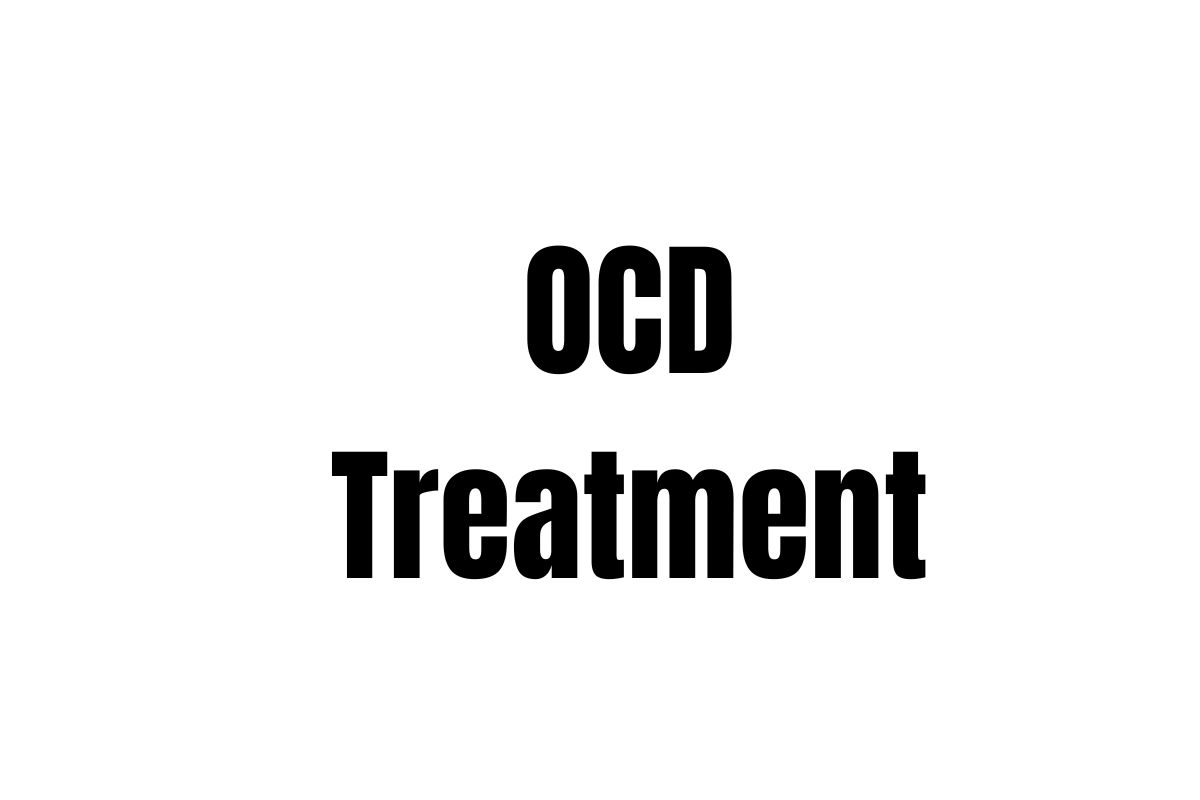OCD Treatment
The mental disease known as obsessive-compulsive disorder (OCD) is characterized by recurrent, unwanted thoughts or sensations (obsessions) or the impulse to do certain repetitive behaviors (compulsions). Obsessions and compulsions are both common in some people.
OCD is not characterized by behaviors like nail-biting or pessimistic thinking. A compulsive habit might be washing your hands seven times after touching something that might be dirty, whereas an obsession might be the idea that particular numbers or colors are “good” or “bad.” You may not want to think or act in these ways, but you feel unable to stop.
Types Of OCD
OCD can take many different forms, however, the majority of instances fit into at least one of four broad categories:
- Having a mental illness such as pregnancy or schizophrenia, or checking things like locks, alarm systems, ovens, or light switches
- Contamination, apprehension about potentially dirty objects, or a need to clean. You could get mental contamination if you experience being treated rudely.
- Order and symmetry, the requirement that objects be arranged in a specific manner
- Invasive musings, and a preoccupation with a particular idea. These ideas might include some violent or unsettling ones.
Also Read:
Diagnosis Of OCD
To confirm that something else isn’t causing your symptoms, your doctor may perform a physical examination and blood testing. They will also discuss your emotions, ideas, and routines with you.

Causes and Risk Factors for OCD
Doctors are unsure about the cause of OCD in some patients. Stress might exacerbate symptoms.
A little more women than males experience it. Teenagers or young adults frequently have symptoms.
OCD risk elements consist of:
- OCD in a parent, sibling, or child
- Physical variations in specific brain regions
- Tics, depression, or anxiety
- Knowledge of trauma
- An earlier history of physical or sexual abuse
A youngster may occasionally develop OCD as a result of a streptococcal infection. Pediatric autoimmune neuropsychiatric disorders associated with streptococcal infections, or PANDAS, is the name given to this condition.

OCD Therapy
OCD cannot be cured. But with the help of medication, therapy, or a combination of treatments, you might be able to control how your symptoms interfere with your life.
Treatments include:
Psychotherapy: Your thought patterns may be changed with cognitive behavioral therapy. Your doctor will place you in an environment intended to induce anxiety or trigger compulsions as part of a technique known as exposure and response prevention. You’ll discover how to reduce, then stop, your OCD thoughts or behaviors.
Relaxation: Simple practices like yoga, massage, and meditation can ease the symptoms of anxious OCD.
Medication: Selected serotonin reuptake inhibitors are psychiatric medications that assist many people to manage their obsessions and compulsions. Starting to function could take two to four months. Escitalopram (Lexapro), citalopram (Celexa), clomipramine (Anafranil), fluvoxamine, paroxetine (Paxil), and sertraline are examples of common ones (Zoloft). Your doctor may prescribe antipsychotic medications such as aripiprazole (Abilify) or risperidone if you continue to experience symptoms (Risperdal).
Compulsions and Obsessions
Many OCD sufferers are aware that their thoughts and behaviors are absurd. They perform them because they are unable to stop, not because they like doing so. And if they quit, they feel terrible and restart.
Obsessive ideas might consist of:
- Fear of harming yourself or others
- Constant attention to body sensations like breathing, blinking, or other body functions
- Suspicion of infidelity in a relationship but no solid evidence to support it
Among compulsive behaviors are:
- Completing things in a predetermined order or a predetermined number of “excellent” times each time
- Counting objects, such as steps or bottles
- Fear of shaking hands, using public restrooms, or touching doorknobs.

